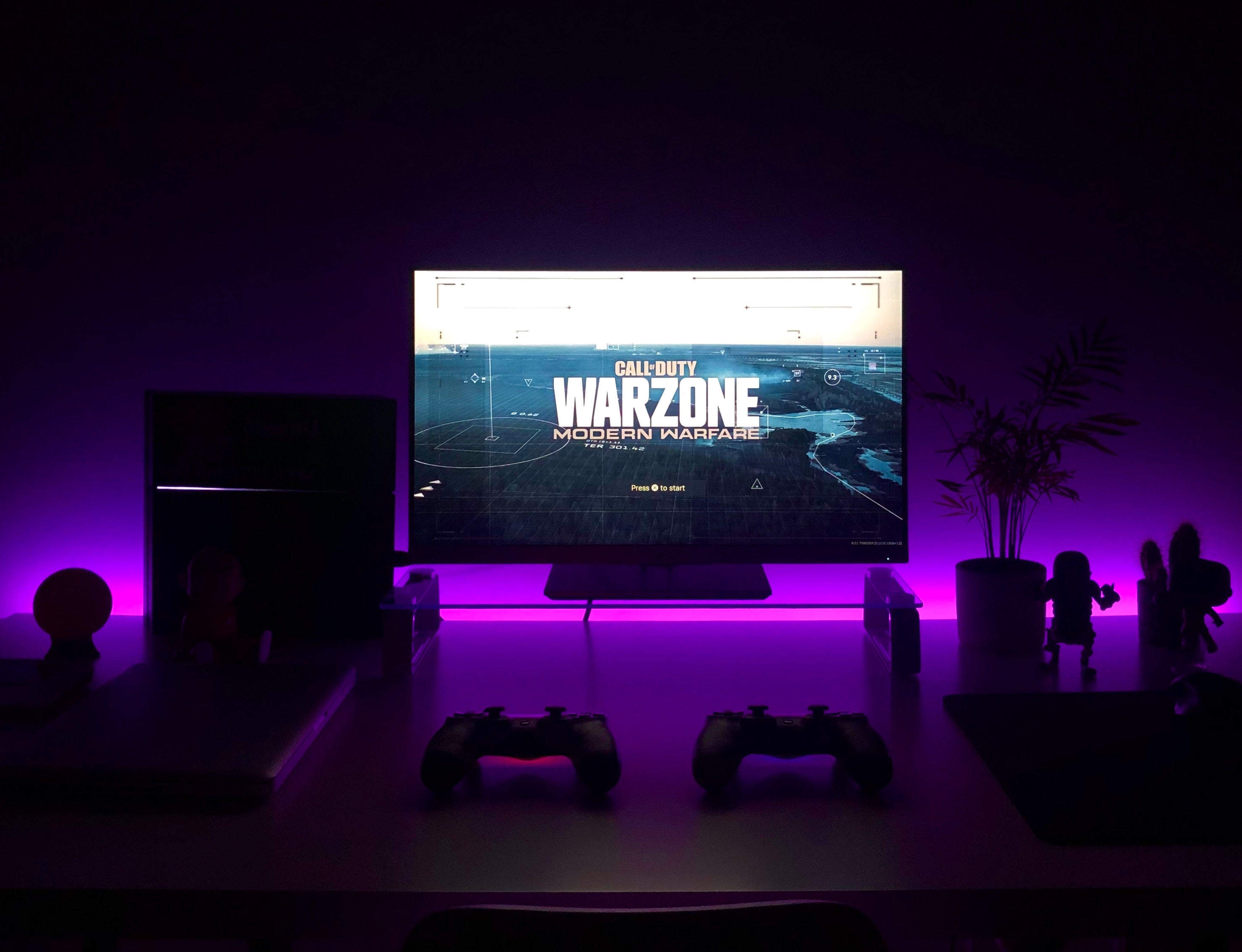Top 3 features to consider when buying a Smart TV
The smart TV is one of the greatest ways to entertain the family, but which smart TV should we look for and what is a smart TV?
Let's start with “what is a smart TV?”
“An Internet-enabled TV set that includes free and paid streaming apps such as YouTube, Netflix, Amazon Prime and Hulu. A smart TV eliminates the need for a separate set-top box such as Apple TV or Roku.”- pcmag
1. Resolution
Screen resolution refers to the number of pixels within the smart TV screen. In short it is the measurement of digital image quality. What this means for smart TVs is that the higher the screen resolution the better the image quality.
Generally when looking for a smart TV online the description will say 3840x2160 or 4K Ultra High definition (UHD).
Here is a list of the more common sizes and a break down of each:
- 8K UHD (Ultra High Definition): 7680x4320 pixels - this is the highest resolution available and provides an extremely detailed and sharp image. The visual difference for 8K and 4K will be more pronounced on larger screens.
- 4K UHD (Ultra High Definition): 3840x2160 pixels - widely adopted and popular for its excellent balance between image quality and device compatibility.
- 2K Quad HD (Quad High Definition): 2560x1440 pixels -offers a high level of detail, especially in smaller screens.
- Full HD (High Definition): 1920x1080 pixels commonly found in a variety of devices, including TVs, monitors, and laptops.
- HD (High Definition): 1280x720 pixels provides a good level of detail, often used in smaller screens or budget-friendly devices.
Choosing the right resolution:
The ideal resolution often comes down to how close you are going to be to the screen, Larger screens and shorter viewing distances generally benefit from higher resolutions, like 4K or 8K, as they offer more detail.

2. Contrast ratio
Contrast ratio simply put is the brightest whites and the darkest black your smart TV can display.
But how does this affect our choice?
The way I understand it thanks to LifeWire, is that contrast ratio refers to the quality within the black or white images that the smart TV can display.
For example:
Imagine you are watching a movie scene where it is a pitch black courtyard where nothing can be seen but you have a high contrast ratio and therefore can see all the smaller details in the background of the scene like the trees swaying slowly in the wind as they are hit by a gust of wind.
What it comes down to is how detailed you can see in those extreme contrast moments. Contrast ratio will be indicated in the smart TVs description as a ratio like 1000:1 or 5000:1. A higher contrast ratio generally indicates a greater ability to display subtle details in both dark and bright areas of the image.
There are two types of contrasts, dynamic and native contrast. Dynamic contrast adjusts based on what is being displayed whereas native contrast will provide a more consistent measure across the board.
Another great feature to look out for in regards to contrast is OLED (organic light-emitting diode). The easiest way to think of OLED technology is that it does not require a backlight like more traditional smart TVs and that each individual pixel emits its own light. This will give us a great movie experience but it does affect the brightness of the screen.

3. Refresh rate
Refresh rate is one of the easier features to understand, it is the amount of images it can display in a second which in turn will give it a smoother appearance.
If you are an avid sports fan or gamer that likes to outperform the opponent, the refresh rate is a key feature. Higher refresh rates mean you can see the ball move and players run like you are watching from the sidelines.
Refresh rate is measured in hertz(Hz) or frames per second(fps). 60Hz is the standard for most smart TVs, but they can go up to 240Hz.There are some additional features that can increase the fps like motion smoothing. Motion smoothing or interpolation is a feature found in some smart TVs that artificially increases the frame rate of content. While this can make motion appear smoother. Some smart TVs come equipped with adaptive sync technologies, like FreeSync or G-Sync, which help reduce screen tearing and stuttering during fast-paced scenes in gaming. Keep in mind the limitations of consoles, some can only display a max range of 4K at 120fps.
In the end these are my top picks of features to look out for when choosing a new smart TV. If this has helped you understand which tv will be best for you please have a look at the great selection of smart TVs we offer.
Resources
https://www.techtarget.com/whatis/definition/resolution
https://www.lifewire.com/tv-contrast-ratio-3276368
https://www.pcmag.com/encyclopedia/term/smart-tv
Image 1: Fábio Magalhães
Image 3: Len Cruz

